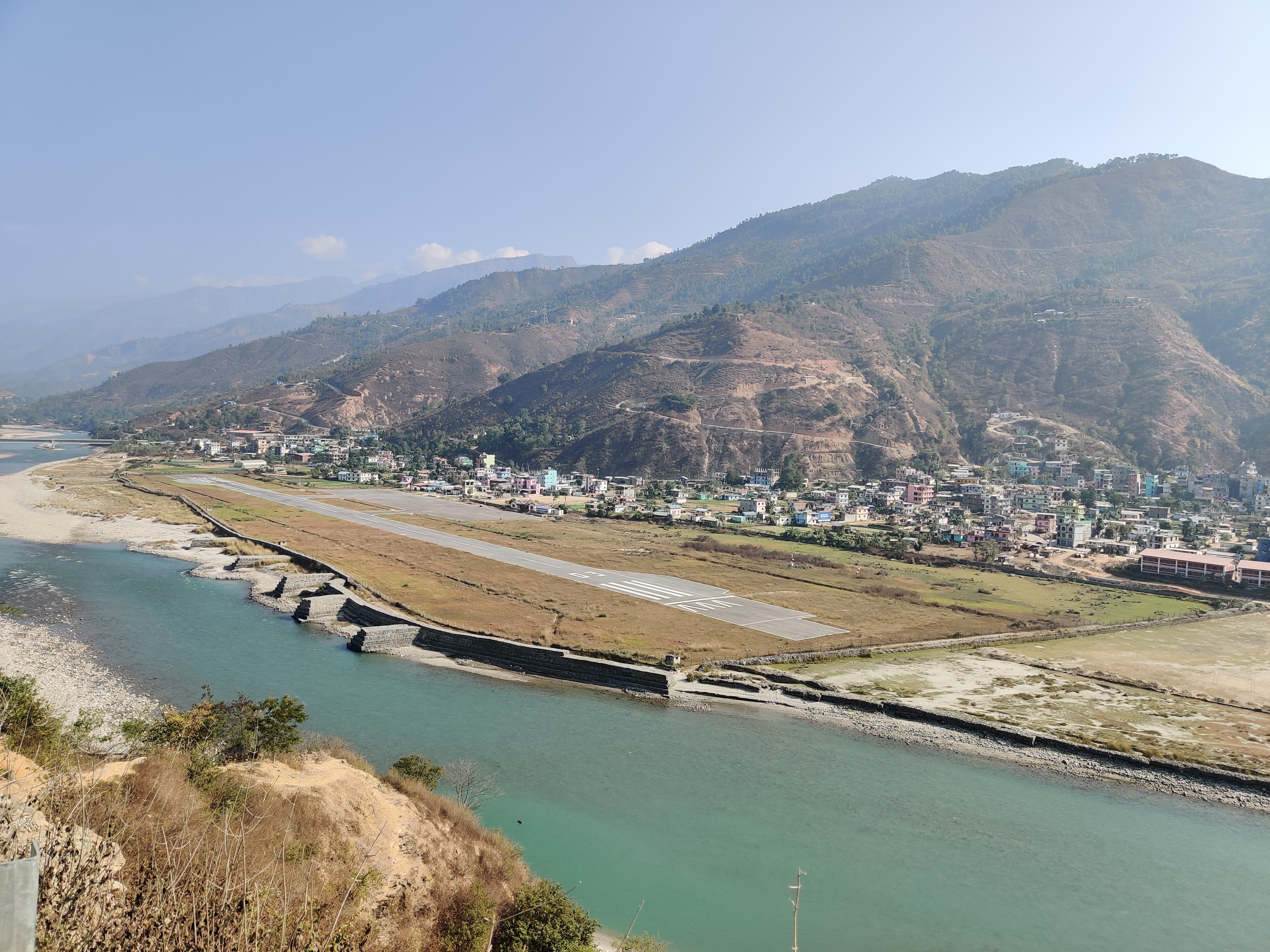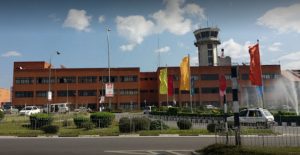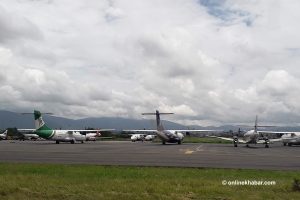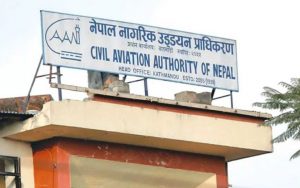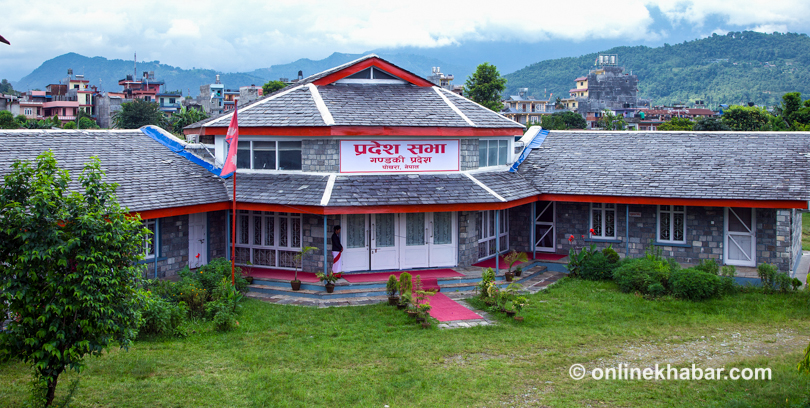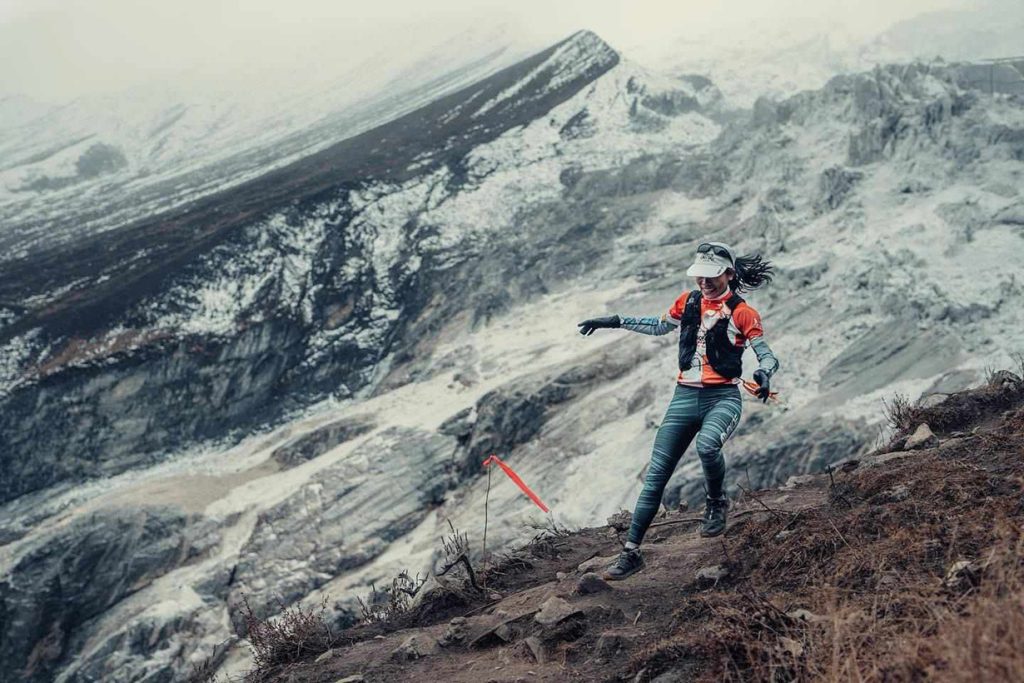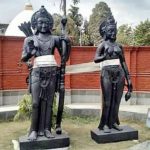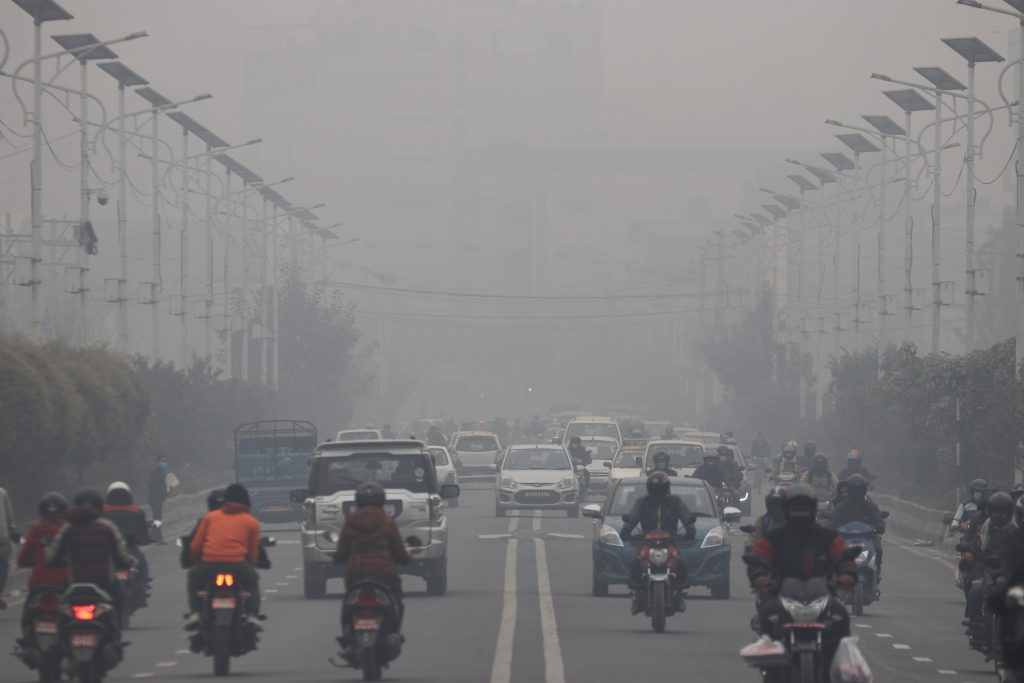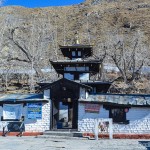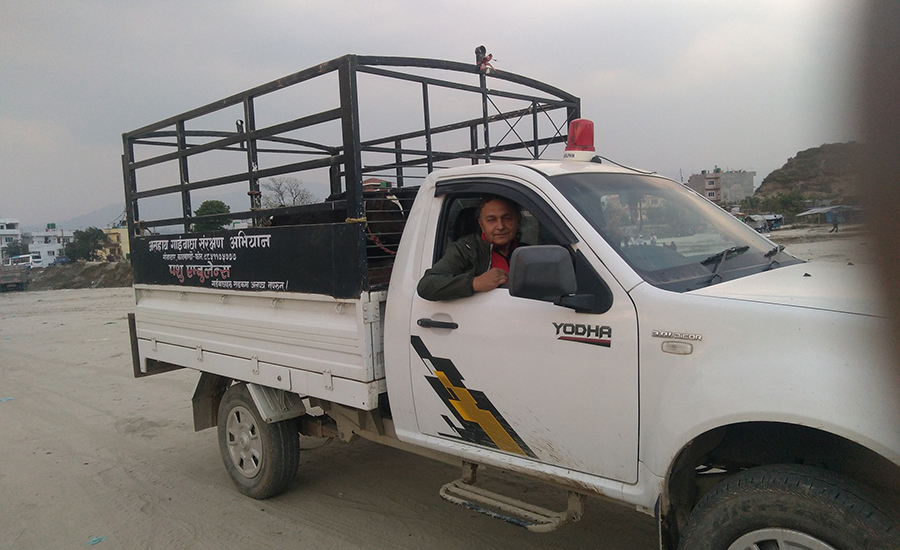
Few days after various Nepali media reported that Nepal welcomed five new aircraft within one month and that the government was preparing to ease the licence acquisition process for airline companies to carry out international flights, an official at the Civil Aviation Authority of Nepal asked a crowd of around 400 high school graduates in Kathmandu, “How many of you have flied on an aircraft ever?”
More than 20 participants raised their hands.
Next question: “How many of you want to fly?” More than 200 hands—exciting enough to inspire another question.
“How many of you want to fly—as a pilot?”
The number of hands dwindled to around 20.
Then, the official asked the students why they did not consider piloting as a prospective job even though they are qualified to take up training as they passed high school two weeks ago.
The programme was part of a campaign run by the national aviation regulatory body (CAAN) to encourage more young people to take up the job. In partnership with pilots working for various airlines and academic institutions, CAAN has been organising such programmes regularly.
“The number of flights operating in Nepal is increasing every day; more people prefer flying over hitting the road travel,” CAAN Flight Safety Standard Division’s Raju Shrestha says, “But, the new generation is not interested enough to join the field.”
He warns that Nepal will also become a victim of the great human resource crisis that the international aviation industry faces if most of high school graduates remains uninterested in joining this sector.
Global crisis and Nepali context
International Civil Aviation Organisation (ICAO), Boeing and Airbus among other stakeholders have been frequently reporting on the shortage of aviation personnel—including pilots, engineers and air traffic controllers—across the globe for the past few years.
Whereas the number of new people joining the industry is lower than expected, the number of personnel who have reached retirement is high.

Deputy Director General at CAAN, Birendra Prasad Shrestha, quotes ICAO Secretary General Fang Liu’s recent statement, “By 2036, some 620,000 pilots will be needed across our global network and no less than 80 per cent of these aviators will be new pilots not yet flying today. A similar story is playing out with respect to the future air traffic controllers, cabin crew, maintenance personnel and other skilled technicians needed.”
This is why the ICAO in 2009 launched an ambitious Next Generation Aviation Professionals (NGAP) programme across the world in a bid to avert the likely crisis. The programme, however, took a few more years to take off. Nepal joined the global programme in 2016 only.
Raju Shrestha stresses that Nepal should be more active than other countries in the global campaign because the crisis will be more severe in Asia than in other parts of the world as it is the most populous region of the globe.
“In Nepal, as of today, there are 56 aircraft and 29 helicopters. The number of pilots operating them is 402 only. We have just 201 maintenance engineers.”
In the meantime, only around 50 students are flying abroad to take up piloting courses every year, and this is not sufficient to meet the market demand, according to an education consultancy operator. The crisis in Nepal is multiplied as it does not have any pilot school till date.
The most popular destinations for aspiring Nepali pilots are the Philippines, the United States and South Africa.
Need for awareness
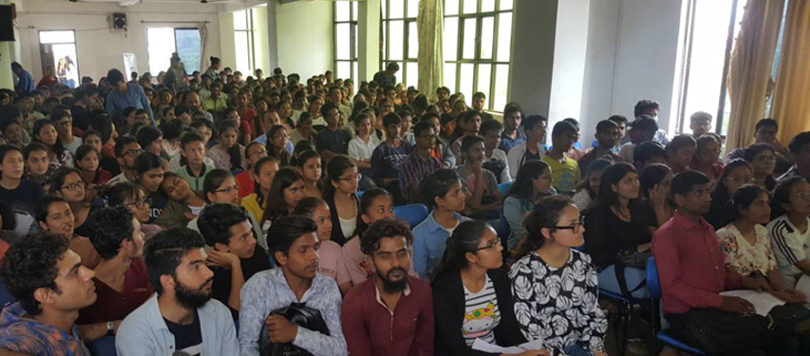
Both Birendra Shrestha and Raju Shrestha agree that raising awareness is the best solution to avert possible crisis. Aviation officials have engaged a few pilots working for various airline companies of the country to raise awareness among recent high school graduates so that they can explore possibilities of developing their career in the sector.
Pilot Suraj Bhandari is one of them. Currently working for Himalaya Airlines, Bhandari says he has been volunteering for the NGAP because the dwindling number of personnel will require him to work more, and it will directly hamper his work-life balance.
Therefore, Bhandari claims he approached CAAN with an offer to volunteers for the programme before the officials decided to mobilise pilots. He has an interesting story behind such a strong urge.
“Around two years ago, a Nepali student doing a piloting course in South Africa contacted me to ask what requirements were set by the CAAN to join such courses. I told her that the candidate should have passed 12th grade in Science stream with Physics and Mathematics as majors,” he narrates, “Later, I came to know that she had studied neither physics nor mathematics, yet was sent to the African country for the course. After facing difficulties to continue the study, she had approached me to check who had deceived her.”

The lady anyhow managed to continue the course, but something must be done to save other students from getting cheated, Bhandari says. Therefore, he thinks raising awareness among enthusiasts about requirements and proper training opportunities is his duty as a pilot notwithstanding the availability of programmes like NGAP.
There are so many false pieces of information doing the rounds in the market. Number one: piloting is a risky job. Number two: training for the job is very expensive. To prove them wrong, Bhandari says driving on roads is riskier than piloting.
Raju Shrestha, meanwhile, jokes that the riskiest place for a human is a bed as most people die in bed. Likewise, pilot training is not much expensive than an MBBS course, the most popular post-school course for Science students in Nepal.
Piloting, according to Bhandari, is a lucrative job as working for just 50 hours a month, you can earn between Rs 70,000 to Rs 160,000 on average. That the course duration is just one year is also a turn-on.
Aviation Museum
Birendra Shrestha says that the NGAP programme in Nepal involves two major components. The first is related to ongoing awareness-raising activities in schools and academic institutions. The second is the aviation museum operated by Captain Bed Upreti and his nonprofit Bed Upreti Trust, in Sinamangal of Kathmandu.
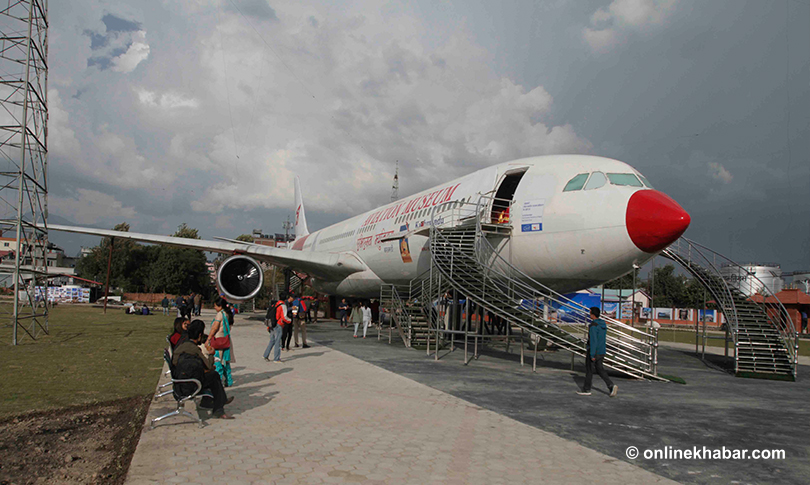
Upreti and his staff provide information to the visitors about how pilots and other aviation personnel work. Likewise, they also tell them about the global human resource crisis the sector is facing so that visitors, school and college students and their guardians in general, would be interested to see career development potential in the sector, according to Birendra Shrestha.
“We have noticed that dozens of students have visited the museum more than once, and it is evidence for us that our programme has been effective,” he claims. “Those who visit the museum frequently are likely to take up piloting and other aviation careers in the future.”
The museum was established in 2017 by utilising the Turkish Airlines’ Airbus 330-300 damaged in a runway excursion at the Tribhuvan International Airport in March 2015.
So far, more than 100,000 persons have visited the museum in Kathmandu, according to Birendra Shrestha.
Upcoming programmes
On the part of awareness-raising activities among students, Bhandari says he is planning to engage more students in the future. He recently conducted a session at NAME, the most popular medical education entrance preparation centre in the city. Now, on the cards are equally popular engineering course preparation centres. Likewise, he wants to expand the programme to other major cities of the country.
He has selected Pokhara, Biratnagar and Dhangadhi for the first phase.

Likewise, CAAN is adding a wing to the aviation museum, so as to exhibit various equipment, both traditional and modern, used in operation of airplanes and helicopters.
Birendra Shrestha says two strengths of the NGAP porgramme are that it does not have any deadline, and it involves nominal cost. Therefore, the CAAN also wants to continue it as long as possible. The Nepal government is spending as low as around Rs 500,000 every year to carry out seminars and orientation sessions under the programme, according to him.
Bhandari hopes that more pilots like him will join the campaign in upcoming days so that more professionals will reach out to more potential professionals, and impacts of the crisis will gradually turn less severe.
Photos of NGAP events: Kathmandu Education Alliance







